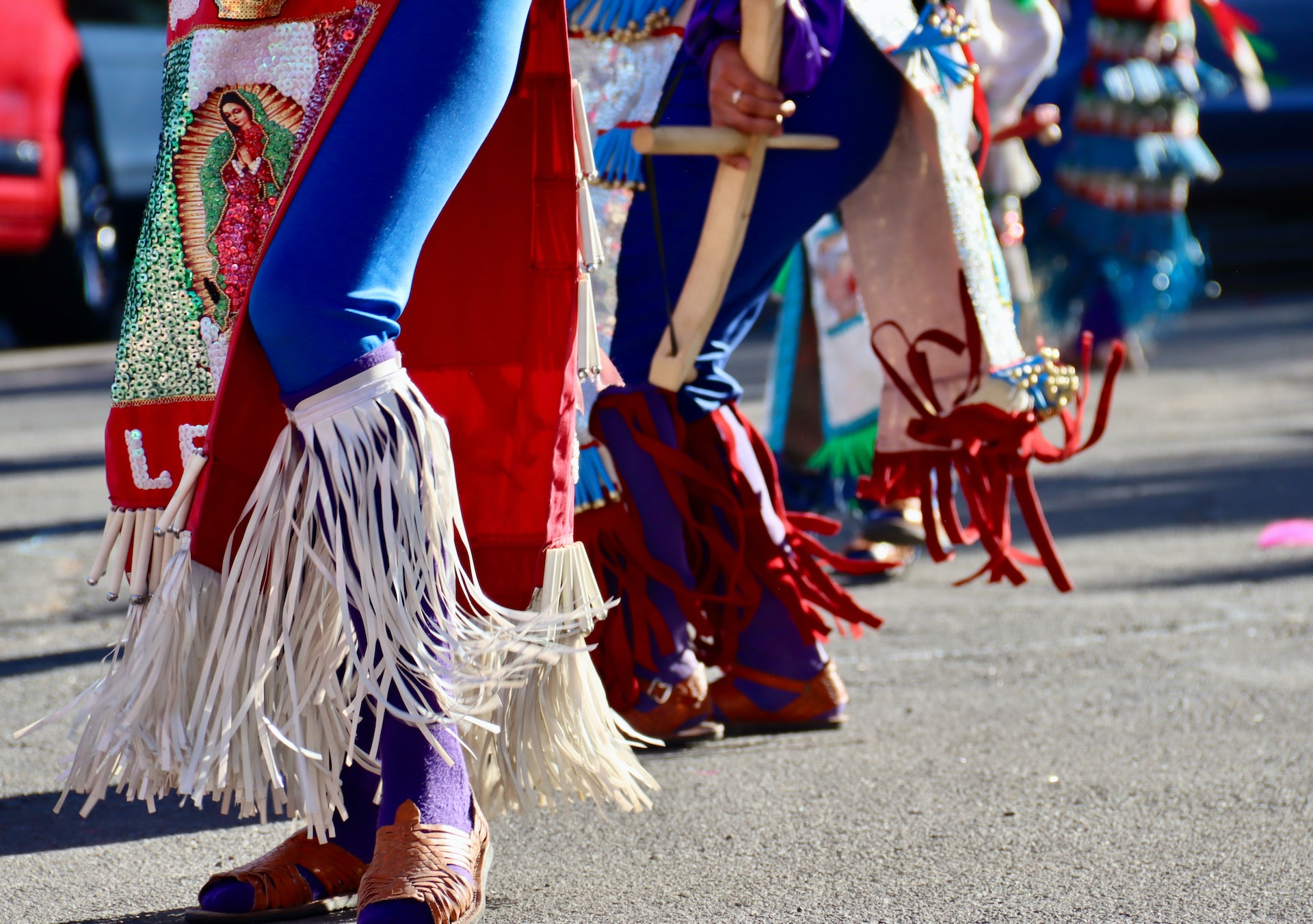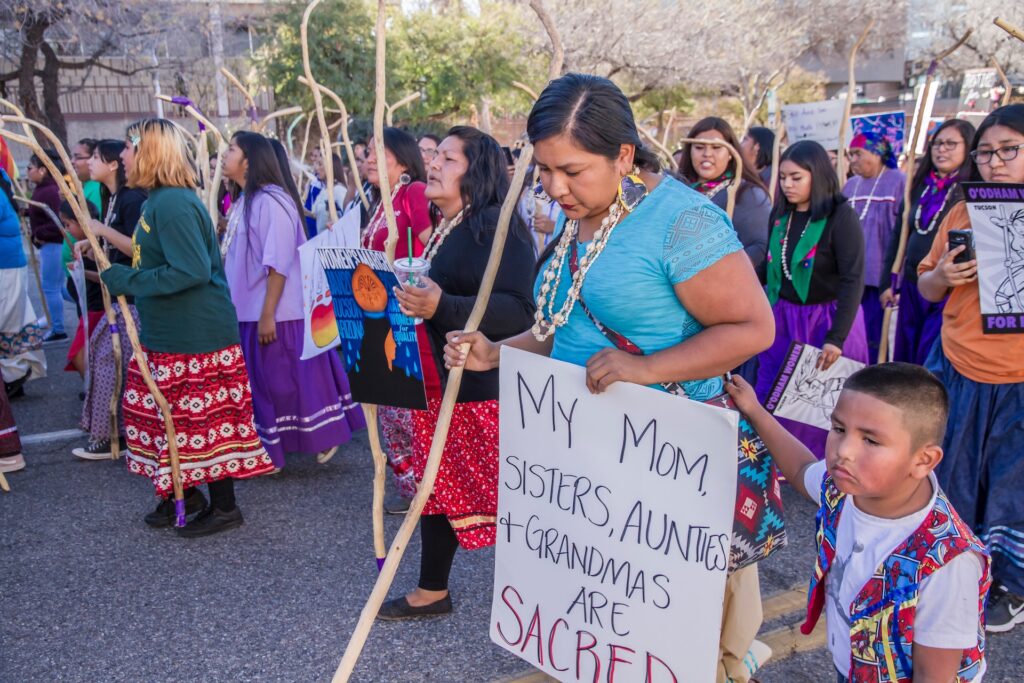Explore resources tailored for Indigenous teen mental health. Dive into stories, statistics, and tips to support youth navigating unique challenges.

Alex grew up on the reservation and as a basketball player all through high school he was getting college offers. But he didn’t want to leave his friends and the reservation. At the time, his mother worked at the Indian Health Services clinic and his father wasn’t regularly around.
“We’d celebrate when we won and we’d get pretty faded when we lost,” Alex recalls about his basketball days. “I was partying hard back then.”
When his dad did show up it would be at those parties, two drinks in hand at a time and would just “get lit,” Alex recalls. His mother would try and cut his father off, but he wouldn’t yield.
When his girlfriend Chris left him because of his drinking, which led to her own drinking issues, Alex began to spiral.
He can’t really remember the day he was arrested, but he remembers the face of the cop laughing in his face, declaring him a drunk just like his father. Alex knows he was lucky to get a lenient sentence and has been working with a counselor to make amends. He says his community and his culture have made all the difference.
Substance abuse is one of the many challenges that some Indigenous teens might face, like Alex did. Some of you might be battling societal stigmas around seeking help or fighting to break free from a cycle of abuse within your family. Then there are those who’ve experienced PTSD from disputes over tribal lands. And for those who’ve grown up away from reservations or in mixed families, finding your identity or where you fit in can be tough.
Others grapple with understanding their unique identities, such as the Indigenous concept of “Two Spirit” – a distinct gender identity in Native cultures that encompasses both masculine and feminine spirits.
We know it might feel isolating sometimes, especially when it comes to mental health – you don’t have the same access or feel as comfortable seeking mental health care. We get it. There’s a real issue in the lack of specialized care for Indigenous teens that also will include traditions. You hold dear.
While those are very real barriers to entry, there’s also been progress on the national level to do better by serving Indigenous communities they have in the past. And young adults like you are helping shape the way for a new narrative about mental health in your community.
When Indigenous youths a few years older than you were asked about their hopes for the future, they prioritized: Improving mental health (71%), addressing violence against women, children, and LGBTQ+ individuals (68%), preserving tribal languages (67%) and caring for tribal elders (61%).
While strides are being made to help Indigenous communities, studies have shown historical trauma, ongoing systemic oppression, and barriers to obtaining the right care (even when culturally sensitive options are sought) have all contributed to significant disparities in mental health.
Every Indigenous community is diverse, each with its own traditions, histories, and may face its own challenges. However, acknowledging where we are now is crucial for understanding the path forward.
Whether they reflect your own experiences or those of someone you know, remember this: it’s crucial to bring these issues into the light, even if it’s tough. And always know, whatever you might be feeling or facing, you are never alone in this journey.
• Native American and Alaskan Native teens had the highest rates of fentanyl overdose in 2022. The broader populations reported drug overdose death rates of 42.5 and 56.6 per 100,000.
• 15.1% of Indigenous youth aged 12 to 20 said they drank alcohol in the prior month when polled in 2021.
• Suicide was the second leading cause of death for American Indian/Alaska Natives between the ages of 10 and 34 in 2019.
• 34.9% of American Indian/Alaska Native students in grades 9–12 seriously considered suicide in 2019, a percentage higher than non-Hispanic white students.
• The suicide death rate for Indigenous people in America between ages 15-19 is more than double that of non-Hispanic whites.
• Native/Indigenous people in America tend to use and abuse alcohol and other drugs at younger ages and higher rates than all other ethnic groups.
Those statistics are just numbers, but we know behind each one is a story, a face, a name. Your journey to healing and wellbeing starts with understanding, and you’ve taken the first step by being here. So let’s start get into some tips:
???????? Choose You: Prioritize your wellbeing. Small acts can spark significant changes: take a few grounding breaths or note down a moment that made you smile today. Grant yourself the time to stretch, give yourself a pep talk, or tidy up a little space in your room.
???????? Recharge Routines: Recognize when you need a pause. Let your mind rest. Whether it’s meditating, having tech-free hours, or merely stretching your limbs between tasks, develop habits that prevent you from constantly feeling exhausted.
????????Leisure Moments: Life isn’t all about hard work. Amid school and other responsibilities, find moments of pure joy. Dive into that show everyone’s discussing, get lost in a book, challenge friends to the latest online game, try mastering that popular dance, or simply enjoy a warm bath or a peaceful walk.
???????? Seek Support: There’s strength in being understood. It might be a cousin who always gets you, an aunt or teacher who’s always there to listen, or a close friend from school – reach out to them.
We also understand mental health care isn’t a one-size-fits-all deal, especially when cultural elements matter so much to you. Teresa LaFromboise, from the Miami Nation, is an expert on this. She’s all about making sure that care for Indigenous teens is on point with your unique vibes and challenges.
Based on her knowledge and research, here are 5 tips tailored just for teens like you:
• Embrace Cultural Roots: Immerse yourself in your tribe’s traditions, stories, and ceremonies, and learn your native language to maintain a deep connection to your heritage and ancestors.
• Eat, Dance, Feel Good: Try out traditional foods your ancestors loved and dance to the beats of your tribe’s songs. It’s all about feeling good in both body and spirit. These practices offer physical, emotional, and spiritual nourishment.
• Connect with the Land and Elders: Foster a grounding relationship with nature while you’re at it, have a chat with the elders. They’ve got some amazing stories and wisdom to share. Both provide healing, guidance, and a deeper understanding of identity.
• Engage in Community and Support: Participate in community initiatives that emphasize “culture as prevention” and cultivate close ties with family, peers, and community members for a holistic support system. (We’ll share even more resources below.)
• Seek Cultural Resources: Ask about specific mental health resources that respect and integrate Indigenous traditions, and stay informed about historical and current events impacting Indigenous communities to keep connected.

National Alliance on Mental Illness (NAMI): This organization is a fantastic resource for diving into support and education about the impact of mental health, including a comprehensive list of resources for young adults. They hosted an insightful webinar worth checking out about harnessing the strengths of Indigenous communities when it comes to mental health.
NAMI recently launched a free, nationwide Teen and Young Adult (T&YA) helpline: You can connect with trained peers who have gone through situations just like you and help provide support and information. You can text, call or chat with them Monday through Friday from 10:00 AM – 10:00 PM ET.
We R Native: This health organization is for Native youth, by Native youth. They provide content and stories about the topics that matter most to them including pages on building mental resilience and tackling mental health challenges. Be sure to check out some poems, videos and art from teens as part of their IndigiLOVE campaign.
Healthy Native Youth: This organization focuses on resources and curriculum specifically for American Indian and Alaska Native youth that focuses on development and embracing cultural teachings. While it is designed for tribal educators and parents, they also have helpful tools for youth, including a comprehensive list of resources. They also feature content specifically for Two Spirit, Lesbian, Gay, Transgender, or Queer+ (2S-LGBTQ+) teens.
The Steve Fund: A hub for mental health tips for teens of color. They team up with experts and youth to boost mental wellbeing, understanding and support. Dive into their resources: watch videos of other teens discussing their mental health, listen to podcasts, and explore more tools.
Disclaimer: This website offers general information and is not a substitute for professional advice. We are not clinicians or trained professionals; this information should not replace seeking help from a qualified healthcare provider. Please consult a healthcare provider for personalized guidance.